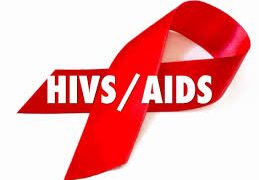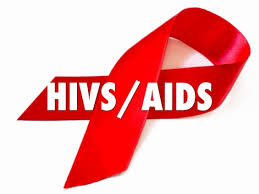An estimated nine people were infected with HIV each day in the Ashanti Region in 2024, according to new data released by the Ghana AIDS Commission.
The figures, disclosed by Olivia Graham, the Ashanti Regional Technical Coordinator of the Commission, show that the region recorded 2,997 new HIV infections last year, bringing its total number of people living with the virus to 63,159.
Graham revealed that of the total caseload, 42,240 were women while 17,461 were men, a trend she attributed partly to biological factors that make women more vulnerable, as well as the fact that more women undergo HIV testing than men.
Providing a breakdown of the new infections, she noted that 4,732 cases (30.19%) were among young people aged 15–24, while1,823 infections occurred among those aged 10–19, signalling increasing vulnerability among adolescents and young adults.
Nationally, Graham reported that 334,721 Ghanaians were living with HIV by the end of 2024, with women accounting for 68.5% and men 31.5%. She added that the country recorded 15,290 new infections and 12,614 AIDS-related deaths during the year.
Graham further dispelled assumptions that sex workers are the main drivers of transmission, explaining that they account for only 4.7% of infections.
“Prevalence among sex workers has reduced over the years,” she said. “Studies show they contribute very little to new infections. The highest contributors are those considered low-risk—married couples and cohabiting partners—who account for 30%. Casual heterosexual relationships also contribute significantly.”
Health authorities say the data underscores the need for intensified education, early testing, and strengthened prevention strategies, particularly among young people and in stable relationships where risk perception is low.
Source: www.kumasimail.com




































































